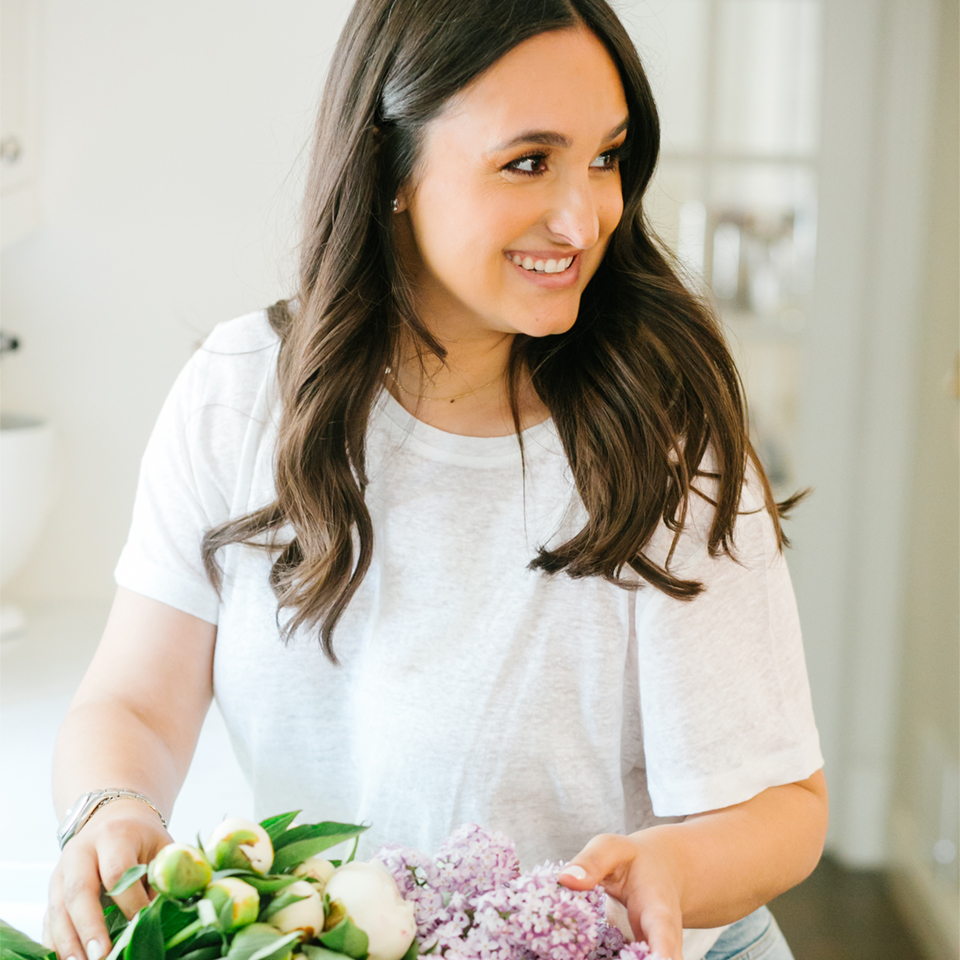Veggie Gardening 101 with Centre de Jardin Floréal
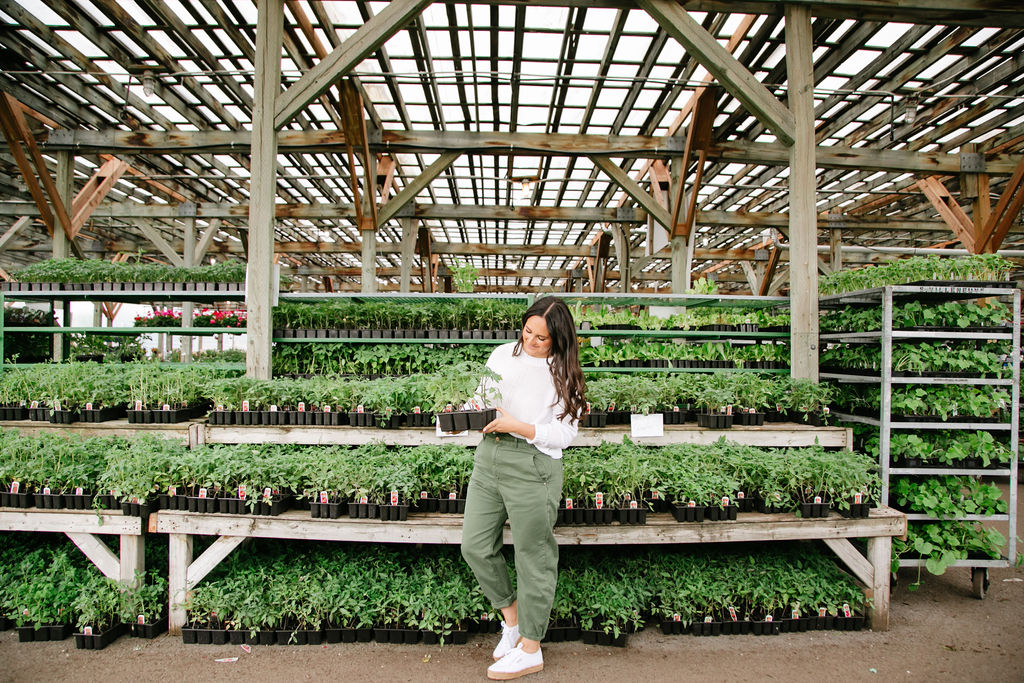
Photos by House of Stills
A few weeks ago, I took a trip to Centre de Jardin Floréal to pick up my plants, soil, seeds, fertilizer and other things I needed to get planting my veggie garden.
If you’ve been around for the last few years, you might know that the summer after we moved into our house, Franco built me a raised garden bed, in which I plant my vegetables every year. He even upgraded it for me a few years later by building a fence around it to keep the squirrels at bay. It has become my little sanctuary during the summer!
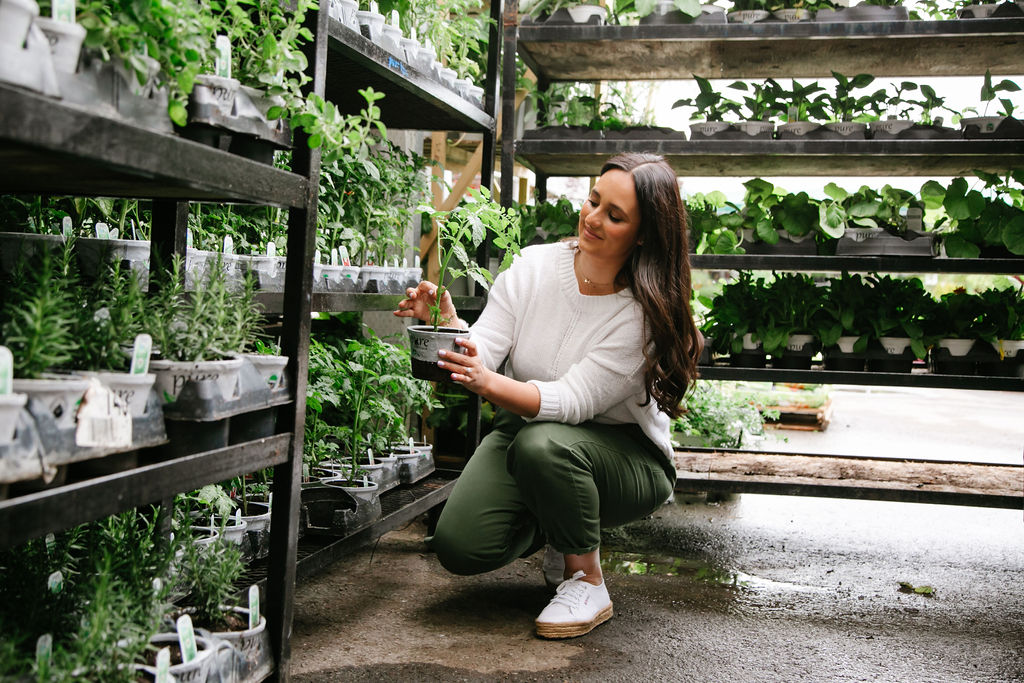
I like to start my garden from plants, so it’s important for me to buy them from a reputable and quality nursery – and Centre de Jardin Floréal is the best there is. I tend to shop for my plants the week after Victoria Day, weather dependent. They offer an incredibly wide range of plants to choose from, catering to many different wants and needs.

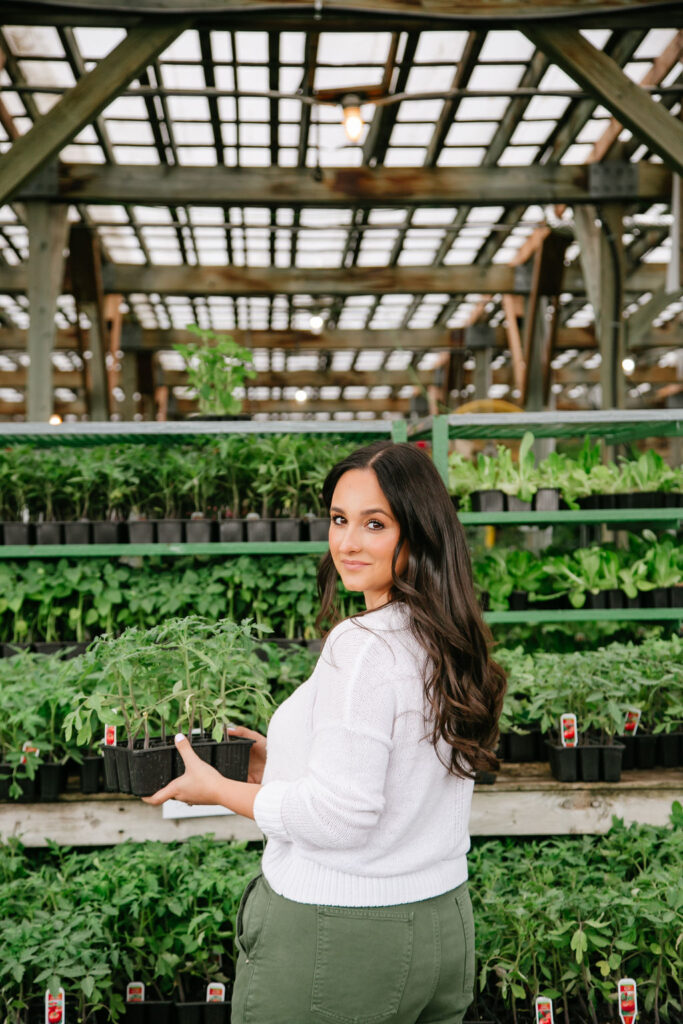
This year, I was lucky enough to be guided by Khaled, who works at the nursery. He helped me optimize my garden, giving me tips and tricks to help me produce more fruits and vegetables and to create better quality produce. He is an experienced farmer and a wealth of knowledge when it comes to every aspect of gardening – and luckily for you, he agreed to share that knowledge with all of you, too!
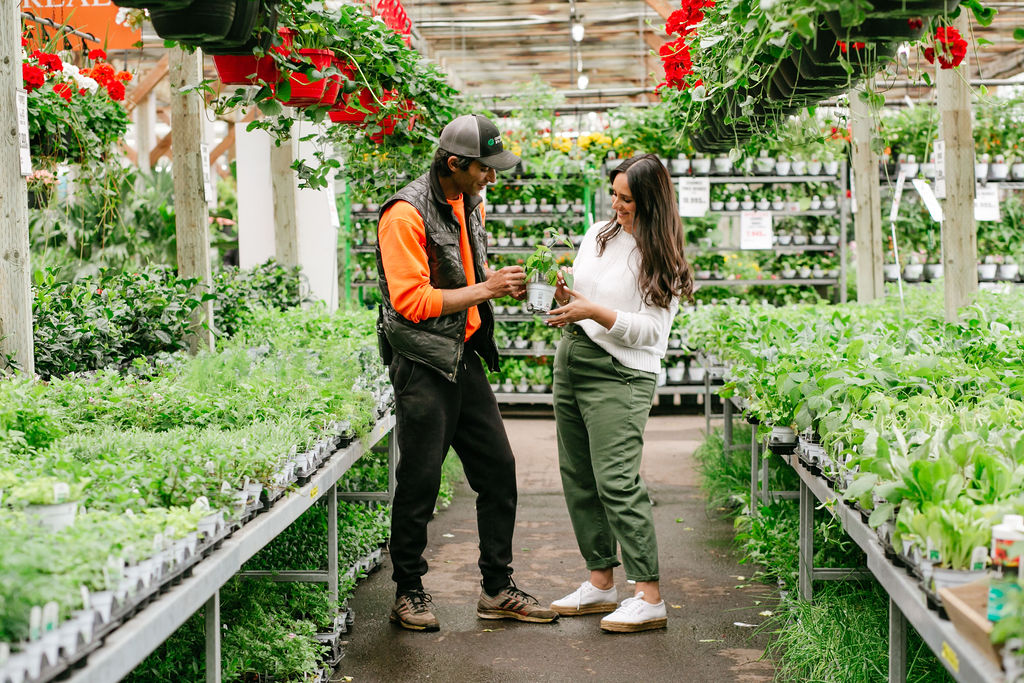
Here are some tips and tricks that will help you achieve the most favorable outcomes in your garden this summer – the same ones that I’ll be using in mine!
With Regards to Soil
Khaled recommends soil from the Fafard brand – I bought the vegetable garden variety, available at Centre de Jardin Floréal. It is important that it contains coconut husk, as it increases moisture retention, aeration, and draining. Since it allows for more oxygen to access the roots, it helps to maintain the health of your plants, ultimately allowing them to grow larger, faster.
Coconut husk in soil also supports strong root growth and has a stable PH-7, making it slightly alkaline, requiring no other product to neutralise the soil. This level of acidity is also considered to be perfect for slowly releasing nutrients to the plants.
Something Khaled mentioned that may actually go against common knowledge, is that it isn’t a good idea to top your garden off with topsoil before planting, every year. It’s best to use the Fafard vegetable garden soil, because topsoil is not a good source of nutrients. It compacts and becomes “like a brick” over time, affecting growth and health of your plants. Instead, every year, you should add the recommended soil and fertilizer to your garden bed… bringing me to his next point.
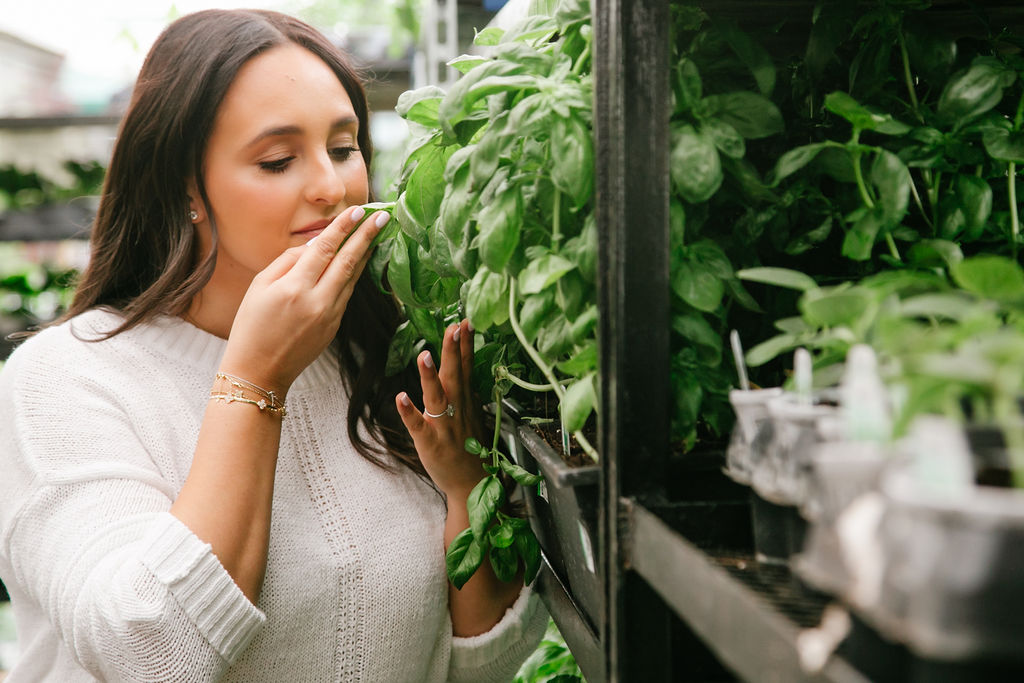
About Fertilizer
Khaled recommends using the brand of fertilizer Bionik Organic, which is what I bought this year and which is also sold at Centre de Jardin Floréal. I got the one specifically for fruits and vegetables. It is 100% natural and has a 4-1-9 formulation (this refers to the ratio of nitrogen, phosphate and potash in the fertilizer) This ratio supplies enough nutrients for optimal growth of your plants, specific to the type of plants you’re looking to grow. Fun fact to keep in mind is that herbs need a lot of nitrogen to create large and healthy foliage!
I also got another variety to specifically fertilize my pansy plants, which I planted in hopes that it would promote bees to pollinate my plants (which seems to be helping a lot this year, so far!).
To properly prep your soil, Khaled suggests mixing the fertilizer directly into the soil evenly, and properly watering the mix before planting. Be sure to mix in the right amount for the size of your garden bed – there is a guide on the packaging. One month after planting, reapply fertilizer as a ‘’top dressing’’, focusing on areas that may need it more than others.
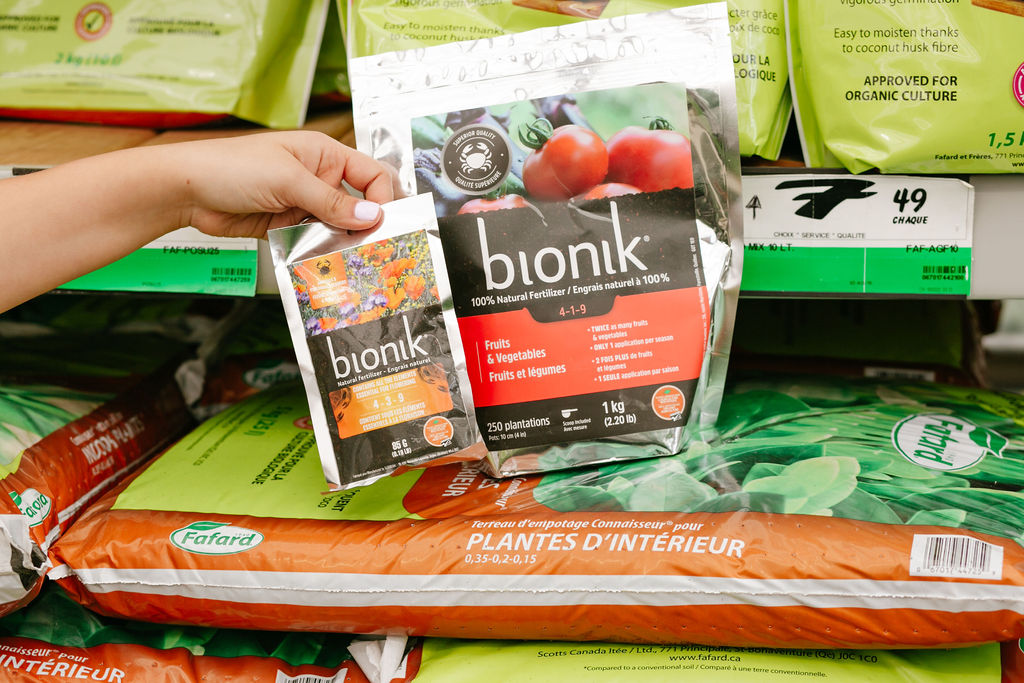
Watering 101
Khaled says that watering is not so much a question of frequency, but rather quantity. You should be watering until you have saturated your pot or garden bed entirely and then wait to water it again only when your soil is dry. This is the best course of action for the health of your plants and to avoid having the roots rot or mold.
But how can you truly know when your soil is dry?
- The weight of your container. If you’re using a pot, pick it up after it is watered and gauge how heavy it is. Then pick it up when you think it has dried and you will be able to assess the difference in weight. If it is significantly lighter, it’s time to water.
- If you’re planting from a garden bed that you cannot pick up, stick your finger into the soil until it reaches your second knuckle. If it feels dry, it’s time to water.
- On really hot summer days your soil can dry up in a matter of hours – on days like these you may need to water twice a day. If you see any leaves on your plants starting to wilt, water immediately.
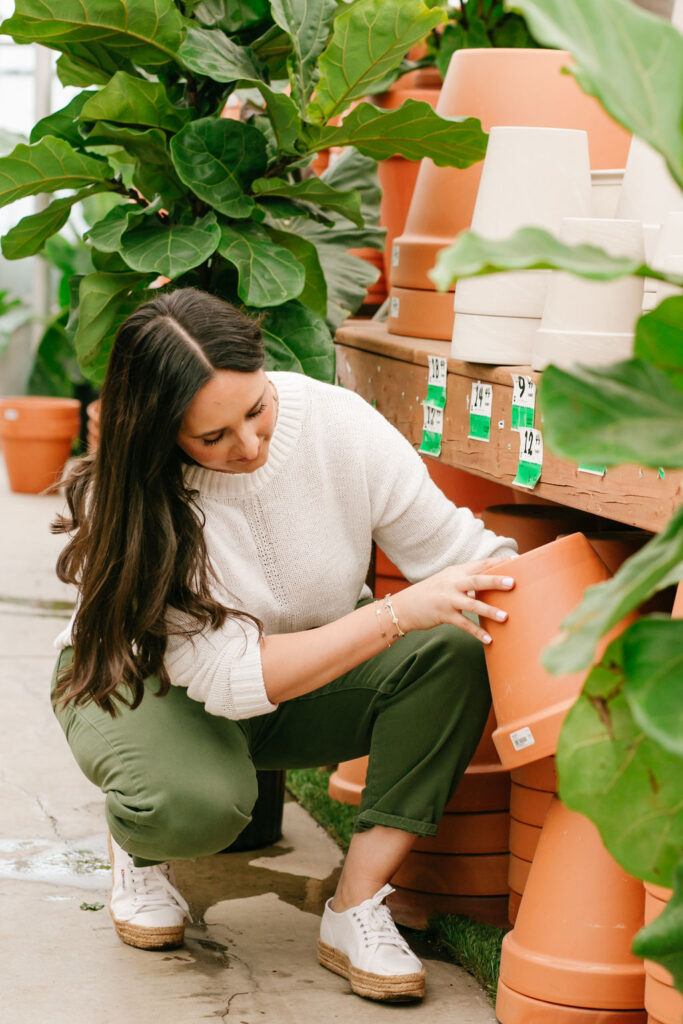
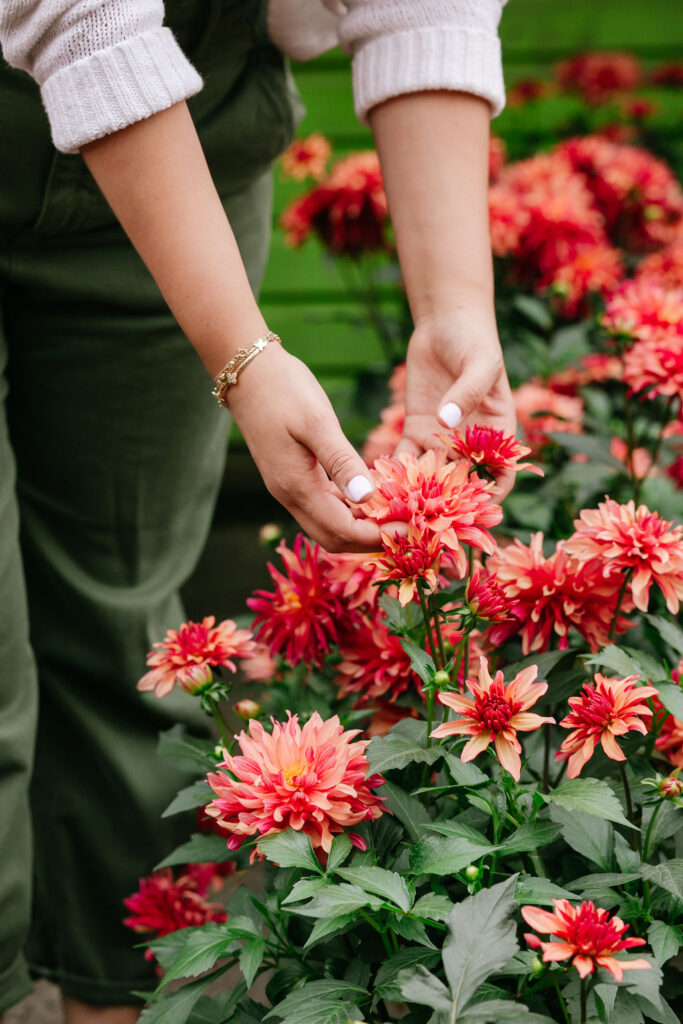
Tricks to growing lettuce all summer long
Summer lettuce is one of my favourite things to grow, because it is so delicious and something that you can harvest all season long – well into the fall.
I usually plant a few pre-grown plants to start off, with the rest of my garden. This year, Kaleb recommended I start new plants from seeds every few weeks to ensure I am growing fresh heads of lettuce all summer long.
The best way to go about this, according to Khaled, is to pick one area in your garden and segment it into a few sections. In the first area, plant your pre-grown lettuce (making sure to separate the plants). Then in the other sections, plant seeds one week apart from each other. This ensures that after your first harvest, you will be harvesting again every subsequent week. Some of my go-to lettuce to plants are little gem, cegolaine and red sails.
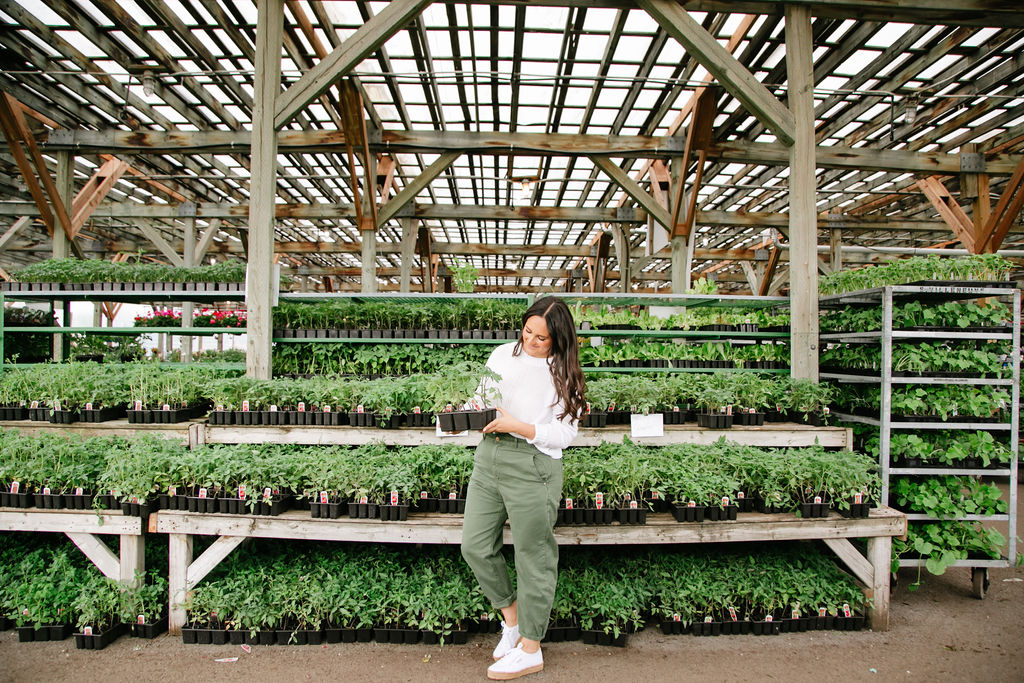
A little more helpful information…
Companion planting isn’t as important or necessary as you may think. However, carrots and some other vegetables should be planted next to onions in order to avoid carrot flies. These pests can affect crops of carrots, parsley, parsnip and celery. Completely encircling these plants with allium family plants (these include onions, leeks, chives) can throw carrot flies off the scent completely.
Planting edible flowers such as pansies, marigolds and nasturtium (capucine) are not only great for your garden, but can also make your dishes look so pretty! Buying these at the market can be so SO expensive – having them grow in your garden is one of the easiest tips I can suggest when it comes to hosting. Serve the most decorated and delicate dishes, topped with these edible flowers. They also help attract bees to your garden, which, as previously mentioned, encourages pollinating some of your vegetables, including cucumber, zucchini, and eggplant, for example.
When setting up your garden, make sure you plant from the tallest plants moving down to the shortest, so they can all get the same amount of sunlight. I plant my tomatoes at the back, followed by cucumber, eggplants and zucchini, then in the next row I put my lettuce and leafy greens. In the second to front row, I place all my herbs, and then in the first row, I plant my edible flowers.
A huge thank you to Khaled for being so generous with his time and information, and for allowing me to share all of this with you! You can follow him on Instagram for many more tips and tricks @theplantcharmer.
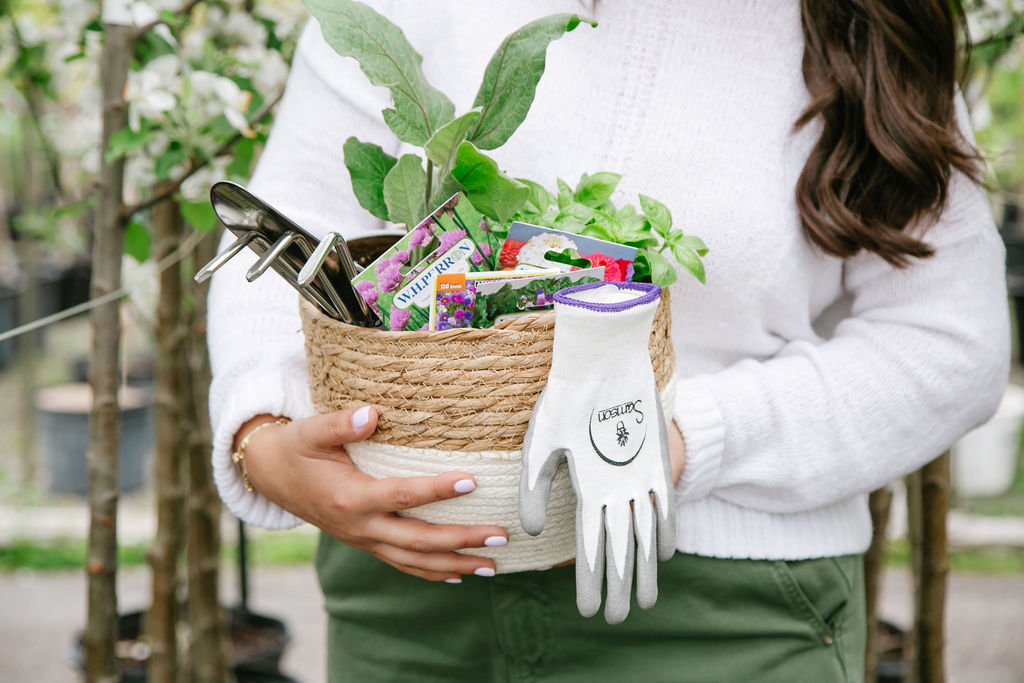
Centre de Jardin Floréal is my go-to nursery for all things plants, gardening and even decorating, year-round – quality is top, service is impeccable and variety is wide-ranging. Find them in two locations, in Laval at 2900 Bd du Curé-Labelle, Laval, QC H7P 5S8 , and in Brossard at 6305 Grande Allée, Brossard, QC J4Z 3H6.


















